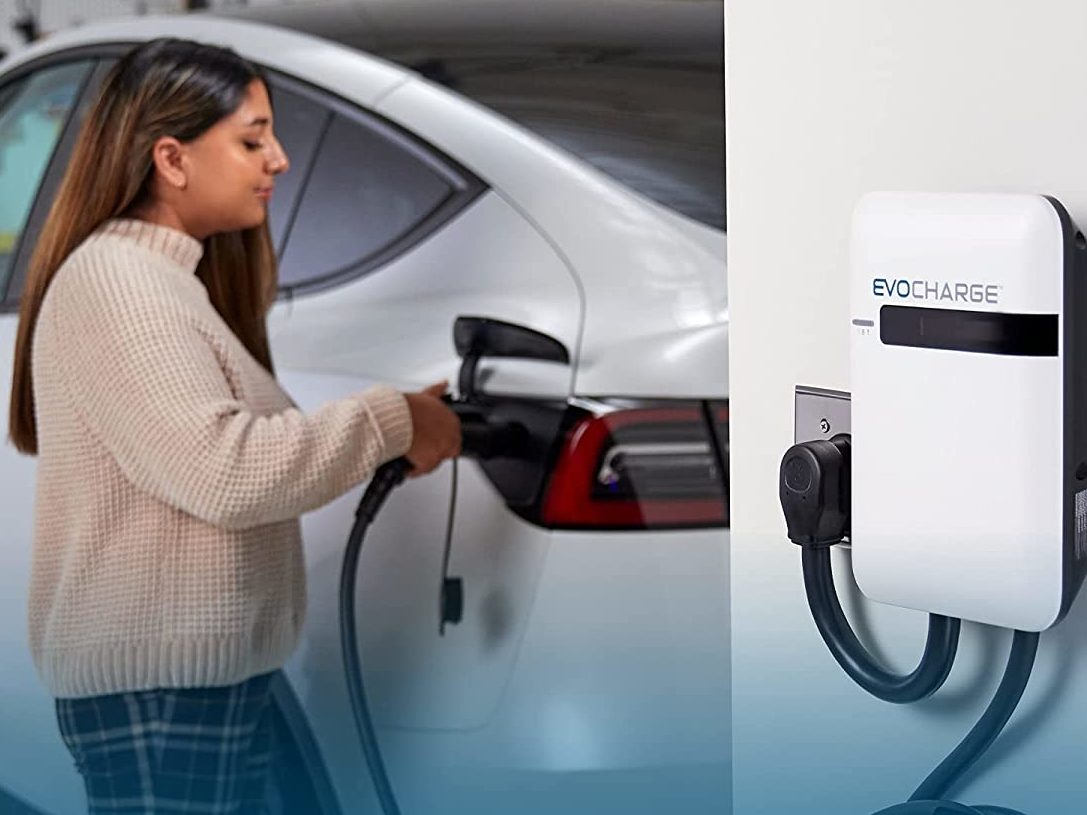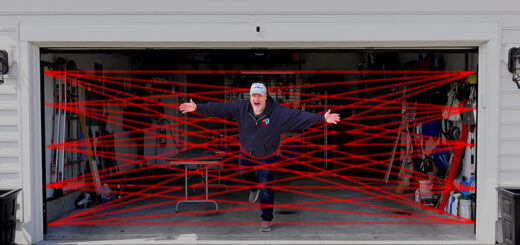EV Charging Buyers Guide
EV Charging at Home
The Ultimate Convenience
The beauty of electricity is its ubiquity. Every home in the modern world is wired with electric power. Even those in extremely remote locations have the ability to create their own electricity from sun, wind or water energy.
Every Electric Vehicle (EV) comes with some kind of home charger so you can keep it charged on a daily basis and not waste time at gas stations to refill your tank every week.
Level 1 – convenient but slow
Standard outlets throughout your house in North America are 120-volts. Charging an EV with 120-volts is called Level 1 charging, which is slow and inefficient — providing only 3-5 miles of range per hour of charging. In other words, it could take several days to recharge your EV battery at Level 1.

Level 2 – basic necessity for daily use
Level 2 charging uses 240-volts, which is a higher voltage reserved for large appliances like electric ranges, dryers, and air conditioners. Level 2 charging is much more efficient, adding around 30 miles of range per hour, so it's considered a basic necessity for home charging. With Level 2 charging, you can fully recharge your EV while you sleep overnight.
Electric Vehicle Supply Equipment (EVSE)
Although your car comes with a portable EVSE, it's a good practice to leave it in your car while you travel just in case you need to charge at a friend's house, for example.
It's best to add a permanently-installed EVSE in your garage or wherever you park your car. The video above shows the pros and cons of several brands. Click the links to learn more and check prices.

Hidden Cost of Charging with a 240v Outlet
Before you run out to purchase the supplies to install a 240-volt outlet in your garage, you need to be aware of two gotchas:
- It is recommended that you install an industrial grade outlet for EV charging. NEMA 14-50 outlets are in high demand so prepare to spend over $100 for a good outlet.
- The National Electric Code (NEC) requires all garage outlets to be GFCI protected. GFCI stands for ground fault circuit interrupt, meaning it prevents shocks. Unfortunately, there are no 240-volt outlets with built-in GFCI, as there are with 120-volt outlets typically found in kitchens and bathrooms, so you need to buy a GFCI circuit breaker which costs over $100 as well.
You can avoid these extra costs by hard-wiring your Level 2 charger instead of plugging it in. You still need a circuit breaker, but non-GFCI circuit breakers cost around one-tenth as much as GFCI breakers.
Spreadsheet Download
All the data behind the analysis in the video is stored in a Google spreadsheet that is available to you at no cost.
Just open my Google Sheet and you can export it for download, or Save a Copy to your own Google Drive if you want to make changes. I do not give permission to edit my original, so please don't ask.




